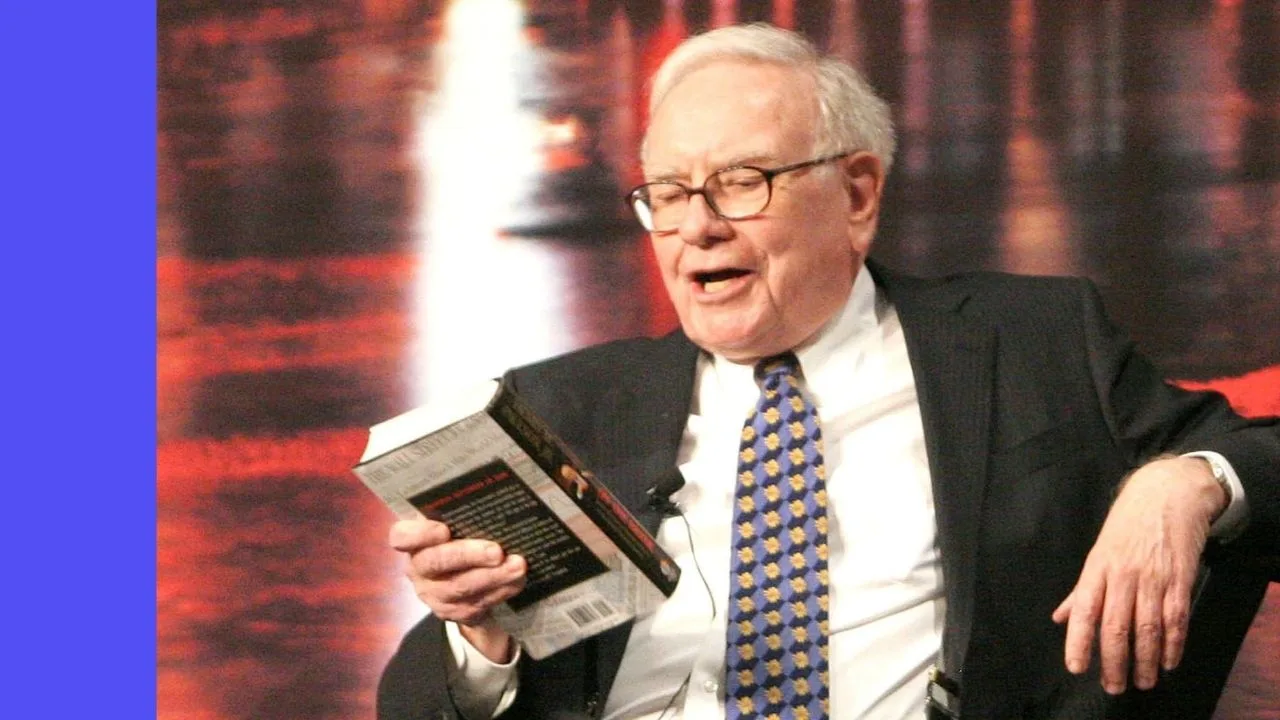I linked to a recent podcast I was a guest on in the monthly email. For those who missed it, you can listen to it here. The rest of the Rask Finance website is worth navigating around, I’m sure more interesting podcasts than my own will follow in due course.
Tony Hansen on The Australian Investors Podcast
One point I mentioned in the podcast that some fellow investors have commented on was my obsession with removing depreciation from my life and family budget, particularly in the early years when from a poor beginning, we were trying to build a capital base which would ensure a secure financial future.
Building Wealth In My Late 20’s & Early 30’s
There are two primary ways to build a savings base, they are to minimise your outgoings and maximise your income. The majority of the financial foundation my family built between my ages of say 20 and 35 years came from focusing on minimising costs.
More than any other single factor, I am sure depreciation picks the pockets of the middle class. There are over 19 million registered vehicles in Australia. If we use the number of persons under 14 and over 65 as a proxy for ‘non-drivers’, that means there are slightly more vehicles than people of driving age. There are more than 1.2 million new cars sold in Australia every year.
More than any other single factor, I am sure depreciation picks the pockets of the middle class.
The average new car costs $27,994. I was surprised when I looked into this (as someone who has purchased more than 30 vehicles – more on this below – and never taken a car loan) but about 64% of the costs of all vehicle sales are paid for by financing.
The average car at the end of 3 years ownership is worth 55-60% of its purchase price. The median household income in Australia is about $84k per year. Living expenses for an average Australian family of four are apparently $5,378 per month or $64,500 (I think with frugal living, this could be substantially reduced by the way…).
The average car at the end of 3 years ownership is worth 55-60% of its purchase price.
This leaves $19,500 of ‘disposable income’. If using the price figure above, we assume the average household owns 1.5 vehicles which they replace every 3 years, then the cost of depreciation to this family would amount to about $5,950 per year, or in other words, it would either consume a little over 30% of their ‘disposable income’, or add nearly 26% to their disposable income (depending on which side of the ledger it comes from).
Stretching the replacement out to a five year period would have the effect of reducing the annual depreciation cost to this example family to below $5k per annum. Stretch it further to 8 years and it drops to around $3,400.
The way we learned to beat the insidious depreciation monster for our family (as discussed in the podcast) was to use vehicle auctions to replace our vehicles regularly at bargain prices. The target was to buy a vehicle that was less than two years old and preferably with less than 40,000 kilometres on the odometer. I aimed to buy the vehicles so well at auction that I could replace them within 12 months (when they still had some manufacturer’s warranty attached for the buyers’ security) by private sale at a price equal to or higher than what I’d paid.
I aimed to buy the vehicles so well at auction that I could replace them within 12 months…by private sale at a price equal to or higher than what I’d paid.
Our strategy was to attend an auction (usually ex-government vehicles) with at least 10-15 target vehicles in mind and a strict valuation framework. For example if I thought a vehicle had a current private sale valuation of $18,000 I would set a bid maximum of $15,300. If successful this would usually allow us to drive the car for 8-12 months and then sell it privately for $15,500 – $16,500.
We managed to largely remove vehicular depreciation from our family budget for more than 10 years (in fact we turned it into a modest profit centre). As a side benefit, we often removed some components of running costs too, for example, if I bought a vehicle with good tyres and on-sold before the tyres needed replacing, or purchased a vehicle that came with the remainder of a free servicing package.
As we were a two-car family, I estimate our savings over the more than ten year stretch we operated this program amounted to at least $80k versus the alternative of buying new and replacing within 3 years. Given the period I was focused on this activity ended about 3 or 4 years ago (when the time spent pursuing the activity began to exceed the benefits as a proportion of our total family wealth – I intend to continue minimising depreciation by owning cheaply acquired vehicles for very long stretches, I would estimate this activity has added in excess of $300k to our family worth, given the money saved was invested at returns averaging about 15% or so over the past 15 years.
In truth it isn’t that high as the alternative would never have been buying two new cars every three years (far too extravagant for my tastes), but the example is supposed to be indicative of the wealth gains that can be had by managing one important and expensive area of the average budget well and investing the savings. There is obviously a time cost to this exercise too. I used to try to mitigate this by attending an auction when we’d already sold one of our two vehicles and acquiring two replacements at once, prior to selling the excess vehicle.
In order to make the most of the strategy, you must also have the cash available so you’re not dealing with financiers. Buying and selling your vehicles without encumbrances is the only way to go for simplicities sake. The other cost is that in order to do best financially from the activity, one need be completely indifferent to the car you drive.
My Wife Sue was especially tolerant in this regard (she tolerates many oddities in me to be fair). We owned Toyota Prius’, Camry’s, Holden Astra’s, Nissan Tiida’s, Ford Focus, Hyundai ix35’s and a Subaru Liberty etc. When we found a car we enjoyed using (we loved the Liberty) ownership might stretch out to 18 months or so and we may take a small loss at sale due to the longer ownership period. Cars we did not enjoy driving got turned over more quickly, such as the Tiida’s which were always unpopular at auction, but not hard to sell privately at a price above what we’d paid, so we turned them over fairly quickly and profitably.
Although I’m not a car fan, I am a big fan of deal-making and getting the better of the system, so I didn’t find it as much of a chore as it probably sounds. For some people, this activity would be an enormous burden, but to me it was just a way of allowing me to keep our family in late-model cars and simultaneously turbo-charge our wealth creation.
Given how valuable it was to us as a young, financially bereft family, I thought it useful to share with our investors who may find themselves in a similar position, or perhaps have children who might exploit the strategy.

This excellent article was written by Tony Hansen, Founder and Chief Investment Officer at EGP Capital. You can subscribe to Tony’s letters by clicking here and visiting his blog.












